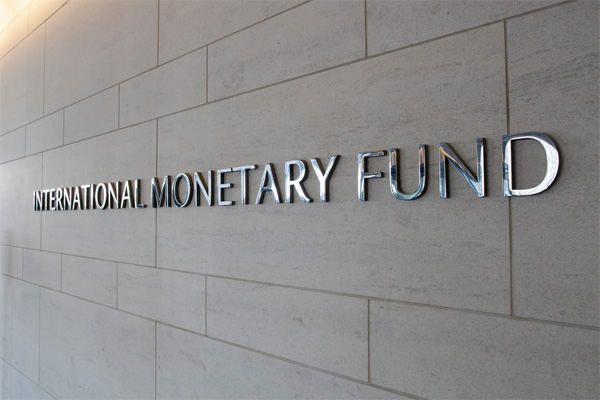
Uzbekistan’s Banking Supervision Advances, But IMF Flags Gaps in Independence, Risk Oversight
Uzbekistan’s Banking Supervision Advances, But IMF Flags Gaps in Independence, Risk Oversight
Tashkent, Uzbekistan (UzDaily.com) — The International Monetary Fund has given cautious praise to Uzbekistan’s ongoing banking sector reforms, while warning that legal constraints, supervisory gaps, and state dominance in finance still pose material risks to stability.
In its July 2025 Financial Sector Assessment Program (FSAP) report, the IMF acknowledges the Central Bank of Uzbekistan’s (CBU) progress since 2019 — notably the adoption of a modern central bank law, a pivot to risk-based supervision, and a privatization drive for state-owned commercial banks (SOCBs). The regulator’s capital rules already exceed Basel III minima, and sector-wide capital adequacy stood at a healthy 17.5% at end-2023.
Yet, the Fund stresses that these gains remain incomplete. “Reforms are headed in the right direction, but further legal and supervisory strengthening measures remain to be completed,” the report notes.
Legal Independence Still Constrained
A central concern is the CBU’s limited autonomy to set prudential standards. Under the Law on Normative Legal Acts (LNLA), the bank must secure approval from the Chamber of Commerce and Industry — representing private banks among others — and register its rules with the Ministry of Justice, which can reject them on both technical and non-technical grounds. The IMF warns this “impinges on the CBU’s power to independently set prudential policies.”
The Fund also points to potential conflicts between the CBU’s financial stability mandate and government-assigned “development” and financial inclusion roles, which could pressure banks to relax lending standards.
Risk-Based Supervision Still in Early Stages
The CBU has introduced Guidelines on Risk-Based Supervision (GRBS) and piloted them in 18 banks over two years, with full rollout to all 36 banks planned in 2025. While more forward-looking, the framework does not yet address climate-related financial risks or operational resilience. The IMF urges better consistency in supervisory judgments, deeper governance reviews, and more robust off-site monitoring.
Supervisory reporting also needs modernization. Data are collected only on a solo basis using local accounting rules, with no group-wide consolidation and no structured climate-risk reporting.
Credit and Asset Quality Risks
The IMF flags “relaxed underwriting standards” in retail lending, especially mortgages to households without official income — still 43% of new loans in January 2024, down from 60% three months earlier. There’s also a 28% estimated overvaluation in residential property prices and evidence of microloans being used to repay mortgages.
Non-performing loan (NPL) definitions fall short of international norms, omitting IFRS Stage 3 assets and lacking strict cure periods. This could understate true asset quality — IMF data show an official NPL ratio of 4.2% vs. 7.8% under IFRS.
State Banks and State Enterprises
State-owned banks still account for two-thirds of sector assets, and their lending to state-owned enterprises often bypasses the qualitative safeguards applied to related-party transactions. The IMF cautions that such practices can undermine credit discipline.
Regulatory Gaps on Capital, Liquidity, and Risks
While capital levels are strong, definitions deviate from Basel III — subordinated debt rules, for example, lack loss-absorption clauses. No additional capital buffer has been applied to domestic systemically important banks (D-SIBs), and there is no Pillar II framework to align capital with individual risk profiles.
Liquidity stress tests use relatively mild assumptions, and requirements are not tailored to bank risk or systemic importance. Operational resilience and outsourcing risk management are underdeveloped, with no formal regulations in place.
What’s Next
Key legislative changes are in the pipeline. A draft resolution law would make the CBU the resolution authority and set up a Financial Stability Board, while a revised deposit insurance framework will introduce coverage limits, include legal entities, and speed up payouts.
The IMF’s message is clear: Uzbekistan has laid the groundwork for a more resilient banking sector, but credibility will hinge on removing political and procedural constraints on the supervisor, tightening credit and asset quality standards, and fully implementing risk-based, consolidated oversight.
Until then, market confidence may rest less on regulatory architecture and more on the state’s implicit backing — a factor the IMF subtly warns could distort risk-taking behavior.